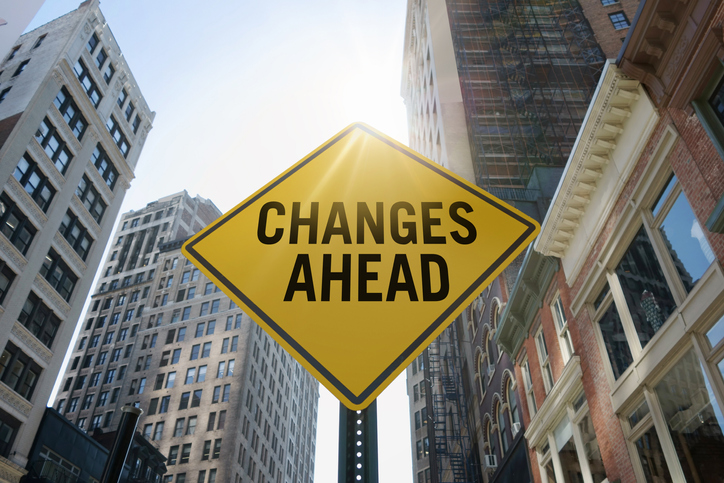Editor’s note: Based in London, Claire Sporton is SVP of customer experience innovation at customer experience and marketing research firm Confirmit.
I find it interesting that in the technology world we tend to make big predictions about the future at the start of the year, while in our personal lives we usually make resolutions. I find I prefer resolutions since they identify why things need to happen and what changes we need to make. Since we’re a few months into 2019, I’m bringing the two approaches together to think about what customer experience teams and insight professionals should be doing to make the best of the changes that will inevitably hit us this year.

1. Prediction: Technology will augment (not replace) human decision-making. AI and other forms of automation offer huge opportunities but the hype that our jobs are all under threat is nonsense. In 2019, technology will augment human decision-making, not replace it. There’s a mind-boggling amount of data out there now but without people, data is stupid. People are vital when it comes to understanding data and prioritizing program improvement.
- Resolution: As a first step, business leaders should thoroughly consider every process before immediately resorting to assistance via technology. Think about what people need to make better business decisions. Focus the technology on addressing ways to turn data into insight and then empower your people to use that insight to come up with the right approach.
2. Prediction: Smart companies will stop obsessing over scores. Many programs have been buried in chasing metrics for far too long, and I fear that isn’t going to change fast enough. CX teams are under pressure to deliver results but should resist the urge to consider CX or research metrics rather than real business results as measured by your corporate KPIs. It may be scary to commit to financial metrics but it really is the route to a successful long-term program.
- Resolution: First, let’s make sure we really understand the link between our CX metrics/change initiatives and the corporate goals that have been defined by our leadership. Second, smart teams need to shift from measuring metrics to monitoring action – I can predict with 100 percent accuracy that if no action is taken, if nothing changes, that CX metric needle will not move and we will not deliver the business outcome. This means we must work with stakeholders to initiate change programs and monitor their impact. Ideas like nudge theory will help, as will improvements in technology that help define the best action to take.
3. Prediction: Properly connecting data will go a long way. Organizations hold an enormous amount of information about users and customers. The smart ones will get better at connecting that data to understand more without having to resort to asking the customer. Yes, it’s hard, but that’s no reason to shy away and settle for yet another survey. What we will also see on the data collection front is a growth in customers being prepared to share feedback through video. It won’t be mainstream in 2019 but there will be movement.
- Resolution: Look for a more immediate resolution to connect the dots to make the best use of existing data. This means mapping all the sources and locations of data and understanding how to bring them together. It’s a big job but it will help uncover insights that can improve decision-making and ensure that we limit the questions we ask of our customers to those that will really add value.
4. Prediction: It’s not just customer data that will become connected. While my previous prediction is still a long way from being realized for many companies, those that are leading the way will move to the next step. CX is not just about customers – employees, partners, suppliers and more impact the customer experience. And there’s a lot of data about those groups.
- Resolution: Work with one group at a time. This is a big job and no one wins if you try to boil the ocean. Look at starting off by building a process for collecting employees’ views on the customer experience, or work with HR to integrate your employee engagement data to understand its impact on CX. There are a lot of options – pick the one that’s right for you!
5. Prediction: Trust and emotional engagement will become ever more critical. Trust from users and customers is hard won and easily lost. But it’s also critical across most industries – particularly those where customers don’t receive a tangible product, such as insurance. Communication and personalization will be a critical goal for businesses that are serious about winning this battle and getting ahead of competitors.
- Resolution: Building trust may sound easy but it can be challenging to know where to begin. Here are some key rules to follow when providing feedback or having any interaction: keep it consistent, make it timely, be positive but professional and always provide a safe and secure experience.
There has been a lot of movement and development in the CX technology space to support organizations looking to integrate multiple data sources, be more creative in how insightful feedback can be captured and most importantly how to drive and monitor real change. The next couple of years will be pivotal if we are to achieve a step change in the impact CX and research have in driving tangible business outcomes, achieving these resolutions and making my predictions come true!
